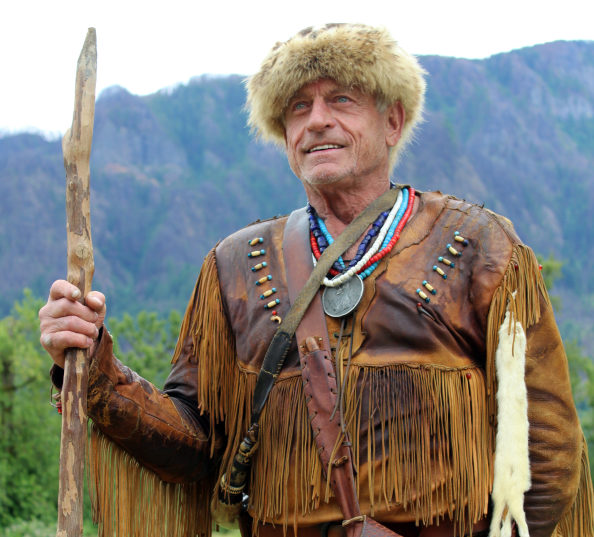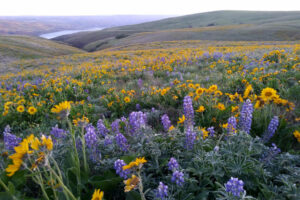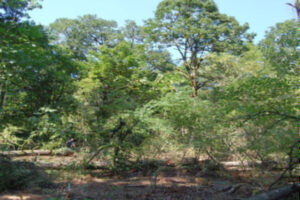Dressed head to toe in gear that would make any early-19th century Pacific Northwest history buff jealous, Roger Wendlick produces bags of fresh smoked salmon and offers it as a sort of parting gift to the Washougal middle-schoolers surrounding him.
“This is what they might have eaten (during the Lewis and Clark Expedition of 1804-06),” Wendlick tells the students as they pass the smoked salmon to one another.
An award-winning historian with an impressive amount of Lewis and Clark history tucked away in his mind, Wendlick, of Portland, often dresses as George Drouillard, a man known as the “third most important member” of Capt. Meriwether Lewis and Lieut. William Clark’s first American expedition through the western part of the United States known as the Corps of Discovery Expedition, and helps educate youth about Oregon and Washington history.
On this particular day, Wendlick’s history lesson, which touched on interesting facts about the Corps of Discovery, including the proper spelling and pronunciation of Sacagawea — with a hard “g” instead of a “j” sound — was one of five activities planned for the Canyon Creek Middle School sixth-graders.
The 80 students also learned about the gorge’s recovery from the 2017 Eagle Creek Fire, the plants and animals specific to the gorge and the story of the famous “She Who Watches” petroglyph.





